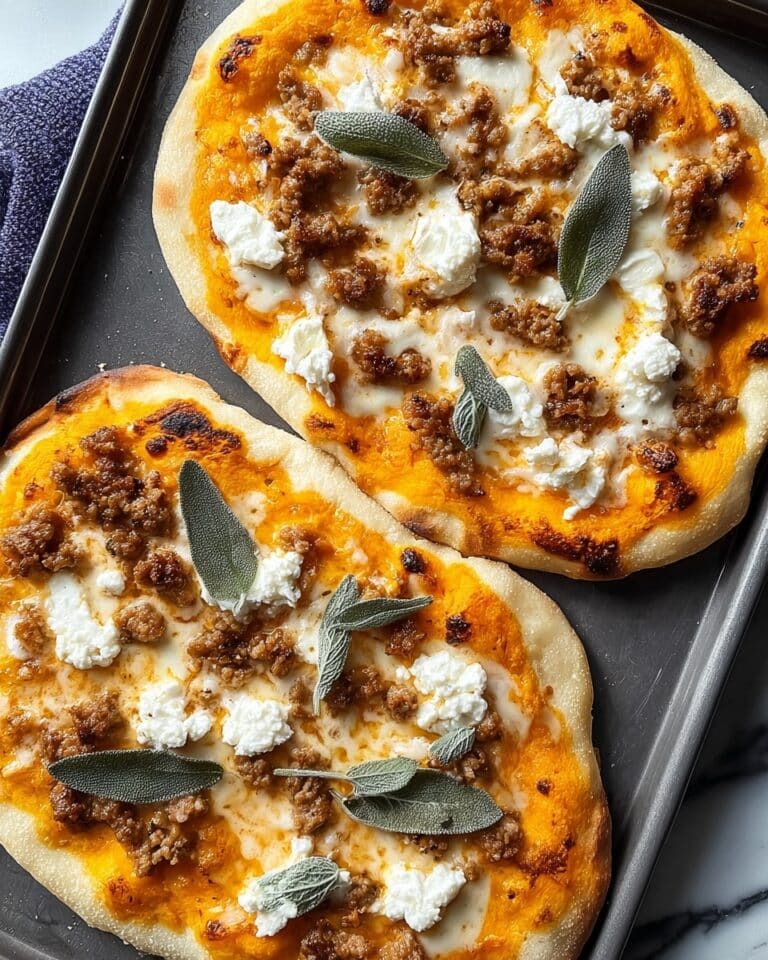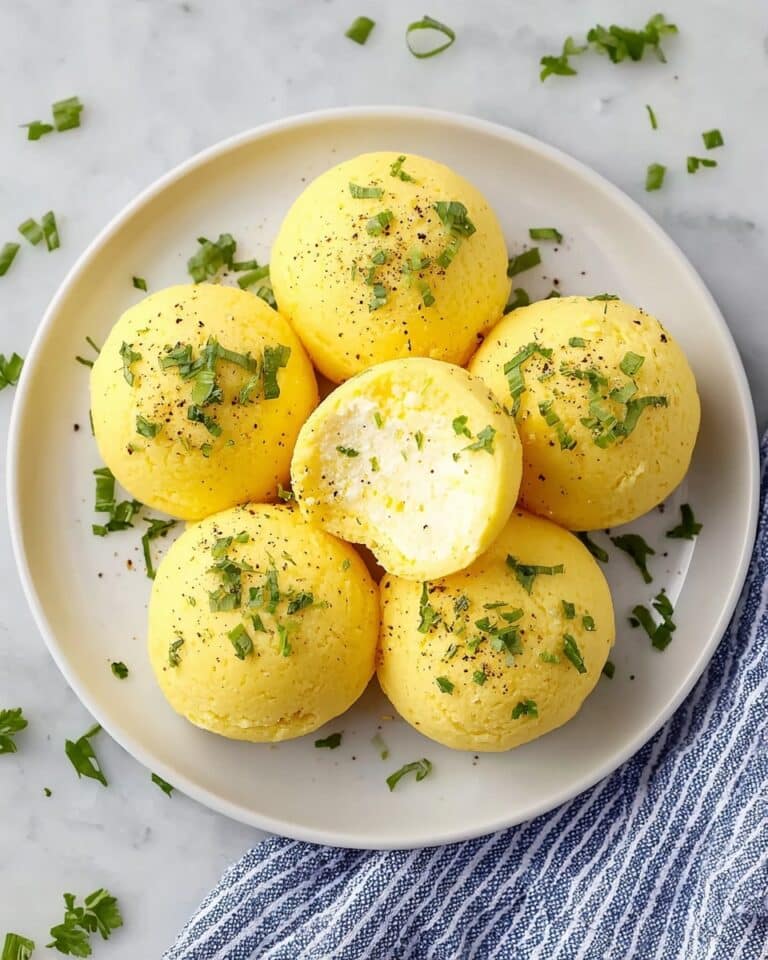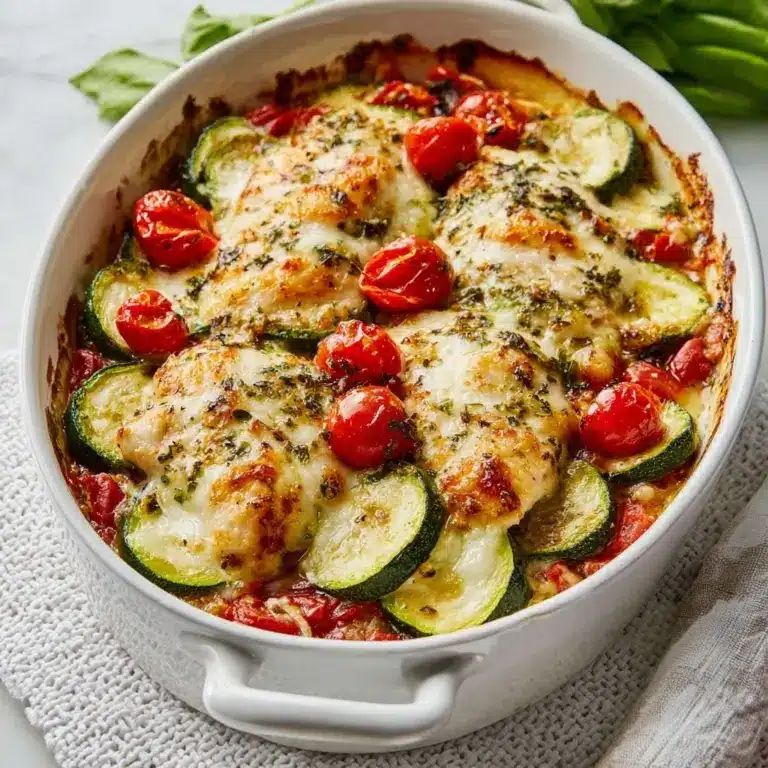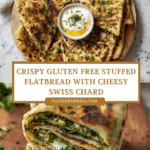Gluten Free Stuffed Flatbread Recipe
If you’re on the lookout for a delightful, comforting dish that’s naturally accommodating to gluten sensitivities, this Gluten Free Stuffed Flatbread is nothing short of a revelation. It combines tender, richly flavored greens and cheeses with a soft yet crispy gluten free flatbread that’s simply addictive. Every bite bursts with creamy, savory goodness wrapped in a perfectly cooked, golden crust that’s as satisfying to make as it is to eat. Whether it’s a weekend brunch, a cozy dinner, or a flavorful snack, this recipe brings the kind of warmth and heartiness that feels like a loving culinary hug.
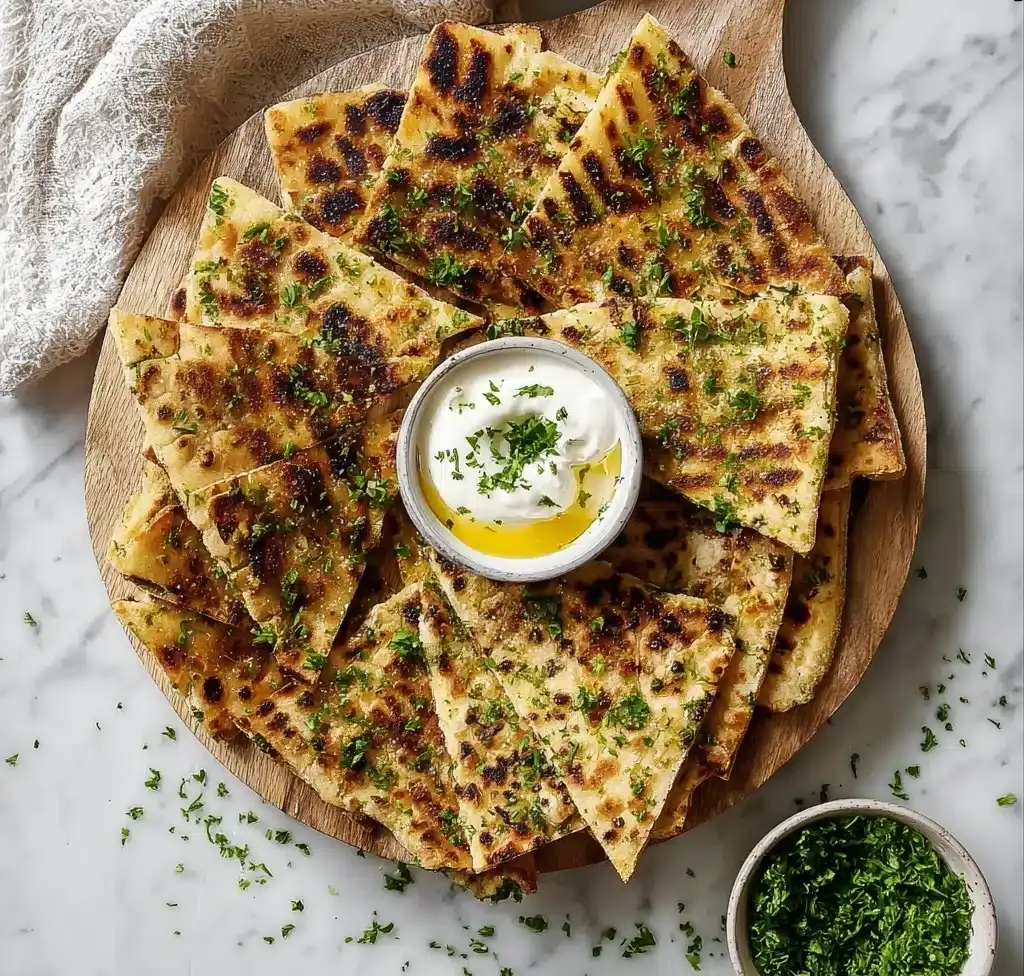
Ingredients You’ll Need
This recipe shines because it uses simple but essential ingredients that each play a key role in building the perfect balance of texture, flavor, and color. From the earthy greens to the melty cheeses and the unique gluten free flour blend, every part elevates this dish.
- Olive oil: Adds a fruity, smooth richness to the filling and helps with sautéing the shallots.
- Shallots (or yellow onion): Provide a sweet and caramelized base flavor when cooked slowly.
- Swiss chard (or spinach): Brings fresh, vibrant greens and a subtle earthiness to the filling.
- Fresh parsley: Adds a burst of herbaceous brightness that livens up the filling.
- Full-fat cream cheese: Creates a luscious, creamy texture that binds the filling together.
- Cheddar cheese: Offers a sharp, tangy contrast that melts beautifully inside the flatbread.
- Salt and pepper: Essential seasonings that balance and enhance all other flavors.
- Psyllium husk: A natural binder that helps create a flexible, gluten free dough texture.
- Millet flour: Provides a mild, nutty flavor and a sturdy base for the dough.
- Tapioca starch: Adds chewiness and elasticity so the flatbread isn’t brittle.
- Sugar: A touch of sweetness that helps with browning and flavor depth.
- Salt for dough: Enhances the flavor of the flatbread itself.
- Olive oil in dough and for frying: Adds richness and helps create a crisp golden crust.
- Fresh parsley for serving: Garnishes the final dish with a pop of green and a fresh taste.
How to Make Gluten Free Stuffed Flatbread
Step 1: Prepare the Filling
Start by warming some olive oil in a pan over medium heat and gently caramelize the diced shallots until they become sweet and tender. Then add the chopped Swiss chard or spinach and cover the pan, letting the greens wilt and release their moisture. Cook until most of the water evaporates, leaving behind a concentrated, flavorful filling base. Once cooled, stir in creamy full-fat cream cheese and shredded cheddar, seasoning with salt and pepper to perfection. This combination creates a rich, well-balanced filling that’s soft, cheesy, and packed with vibrant greens.
Step 2: Make the Gluten Free Dough
In a bowl, mix psyllium husk with lukewarm water to form a gel that acts like a glue for the dough. Meanwhile, whisk together millet flour, tapioca starch, sugar, and salt in another bowl. Combine the psyllium gel with olive oil, then add the wet mixture to the dry ingredients. Knead everything until you get a smooth, pliable dough that pulls away from the bowl easily. This dough is delicate but sturdy, offering the ideal texture to encase your flavorful filling and crisp up beautifully when cooked.
Step 3: Assemble the Flatbreads
Divide your dough into four equal parts and roll each piece into a thin oval shape on a lightly floured surface. Wet half the edge with water to act as glue, then spread one quarter of the filling evenly over that half, leaving a small border free. Fold the other half over and press well around the edges to seal your flatbread. Repeat for all portions, keeping them covered to prevent drying. This careful sealing step ensures that your delicious filling stays inside, ready to ooze out when you take your first bite.
Step 4: Cook the Flatbreads
Heat a skillet with a tablespoon of olive oil over medium heat. Fry each stuffed flatbread until it develops a deep golden brown crust on one side, flip and cook the other side similarly. Gently pressing down helps the bread brown evenly and traps steam for perfect fluffiness inside. Flip again briefly to crisp both sides, then transfer to a wire rack while you cook the rest. This pan-fried method balances the crisp exterior with a soft, warm center that makes the flatbreads irresistible.
How to Serve Gluten Free Stuffed Flatbread
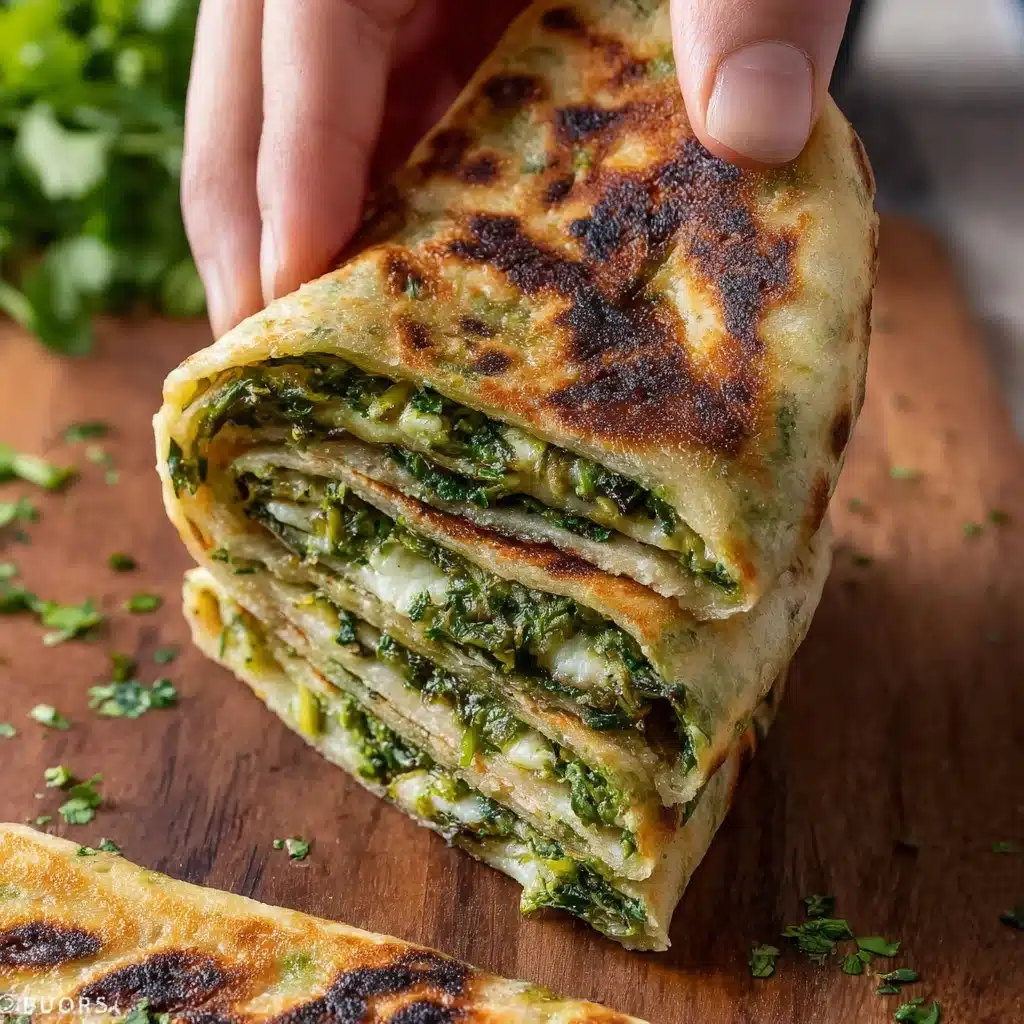
Garnishes
Freshly chopped parsley is the ideal finishing touch, scattering vibrant green flecks over the golden flatbreads to add a fragrant, fresh note. A simple dollop of plain yogurt or a drizzle of lemon-infused olive oil can complement the richness of the filling beautifully, offering a cool, tangy contrast in every bite.
Side Dishes
This Gluten Free Stuffed Flatbread pairs wonderfully with crisp salads featuring bright, acidic dressings or a bowl of comforting tomato soup. Light pickled vegetables or a fresh cucumber raita also bring a refreshing crunch that balances the richness and makes for a memorable meal that feels both hearty and fresh.
Creative Ways to Present
Try slicing the flatbread into wedges and serving them stacked for a casual sharing platter, accompanied by bowls of dipping sauces like a spicy harissa or garlic yogurt. For a picnic or lunchbox vibe, wrap individual flatbreads in parchment paper with some fresh greens, making them both portable and eye-catching. The options are endless for this versatile dish.
Make Ahead and Storage
Storing Leftovers
Your Gluten Free Stuffed Flatbread keeps well in an airtight container in the refrigerator for up to one day. The flavors actually meld nicely overnight, making it a fantastic option for next-day enjoyment without losing any of its delicious character.
Freezing
If you want to save some for later, freeze the cooked flatbreads individually wrapped in plastic or foil. They freeze beautifully without sacrificing texture or taste, allowing you to enjoy this comforting dish whenever the craving strikes.
Reheating
The best way to reheat this flatbread is in a hot pan over medium heat for 4-5 minutes, flipping occasionally to crisp up both sides evenly. This method revives that wonderful crispy exterior while warming the filling through, often making the reheated flatbread even more enjoyable than fresh from the skillet.
FAQs
Can I use other greens instead of Swiss chard?
Absolutely! Spinach, kale, or even beet greens work beautifully. Just make sure to wilt and cook them thoroughly to reduce moisture for the best filling texture.
Is this flatbread suitable for vegans?
This recipe uses cream cheese and cheddar, so it isn’t vegan, but you can experiment with non-dairy cream cheese and vegan cheese alternatives for a plant-based version.
What if I don’t have psyllium husk?
Psyllium husk is key to achieving the right dough texture, but as a substitute, you can try ground flaxseed mixed with water. The texture won’t be identical, but it can work in a pinch.
Can I make the dough ahead of time?
Yes, you can prepare the dough in advance and refrigerate it for a few hours or overnight. Just bring it back to room temperature before rolling out to make it easier to work with.
How do I prevent the flatbread from being soggy?
Make sure to cook down the greens well to remove excess moisture and crisp the flatbread properly in a hot pan with enough oil. Also, cool the filling before assembling to avoid it making the dough wet.
Final Thoughts
This Gluten Free Stuffed Flatbread is such a joy to make and savor, blending wholesome ingredients into an unbeatable comfort food experience. Give it a try—you’ll find it’s not just a recipe but a go-to favorite that feels like a warm hug from the inside out. Whether you’re catering to dietary needs or just looking for a scrumptious new dish, this flatbread will quickly become one of your treasured kitchen staples.
PrintGluten Free Stuffed Flatbread Recipe
This Gluten Free Stuffed Flatbread features a savory filling of caramelized shallots, Swiss chard, cream cheese, and cheddar cheese, all encased in a tender, pliable gluten-free dough made with millet flour, tapioca starch, and psyllium husk. Pan-fried to a golden crisp, these flatbreads make for a delicious, filling snack or light meal that pairs beautifully with a yogurt dip and a sprinkle of fresh parsley.
- Prep Time: 20 minutes
- Cook Time: 20 minutes
- Total Time: 40 minutes
- Yield: 4 stuffed flatbreads 1x
- Category: Snack, Light Meal, Appetizer
- Method: Pan-frying
- Cuisine: Gluten-Free, Contemporary
- Diet: Gluten Free
Ingredients
Filling:
- 1 tbsp olive oil
- 3 shallots, diced (or 1 medium yellow onion)
- 300 g (10 oz) Swiss chard, roughly chopped (or spinach)
- 35 g (about 1 bunch) fresh parsley, most of the stems removed, roughly chopped
- 55 g (¼ cup) full-fat cream cheese
- 100 g (1 cup) coarsely grated cheddar cheese
- Salt and pepper, to taste
Gluten-Free Dough:
- 12 g (2½ tbsp) whole psyllium husk (rough husk form) (If using psyllium husk powder, use only 10 g)
- 240 g (1 cup) lukewarm water
- 135 g (1 cup) millet flour, plus extra for flouring the surface (or finely ground brown rice flour)
- 75 g (⅔ cup) tapioca starch (or cornstarch, potato starch, or arrowroot starch)
- 10 g (2 tsp) caster/superfine or granulated sugar
- 4 g (¾ tsp) salt
- 15 g (1 tbsp) olive oil
For Cooking & Serving:
- 4 tbsp olive oil, for pan-frying the flatbread
- Fresh parsley, finely chopped, for serving
Instructions
- Make the filling: Heat a frying pan over medium heat and add 1 tablespoon olive oil and diced shallots. Season with salt and cook, stirring occasionally, until caramelized, about 5-10 minutes. Add chopped Swiss chard, cover, and cook until wilted, stirring occasionally. Remove cover and cook another 1-2 minutes to evaporate excess moisture. Transfer mixture to a bowl and cool completely.
- Combine filling ingredients: Once cooled, stir in cream cheese, grated cheddar cheese, chopped parsley, salt, and pepper. Mix well and adjust seasoning to taste. Set aside.
- Make the psyllium gel: In a small bowl, mix psyllium husk with lukewarm water. Let it sit for 30-45 seconds until a gel forms.
- Prepare the dough: In a large bowl or mixer bowl, whisk together millet flour, tapioca starch, sugar, and salt. Add olive oil to the psyllium gel and combine, then pour into dry ingredients. Knead by hand or with a dough hook until a smooth, supple dough forms that pulls away from the bowl and is not sticky.
- Divide dough: Turn dough onto a lightly floured surface; divide into four equal portions (about 122 g each). Shape into balls and cover with a clean tea towel to prevent drying.
- Roll out dough: On a lightly floured surface, roll each ball into an oval shape approximately 8×12 inches (20×30 cm), about 1-2 mm thick.
- Assemble flatbreads: Lightly wet the edge of one half of the oval with water. Spoon one-quarter of the filling onto that half, spreading evenly but leaving about a ½-inch (1-1.5 cm) edge free. Fold the other half over, press out air gently, and seal edges by pressing with fingertips. Repeat for remaining portions.
- Cook flatbreads: Heat a large skillet over medium heat with 1 tablespoon olive oil. Add one flatbread and cook 2-3 minutes until golden brown on the bottom. Flip and cook another 2-3 minutes until golden. Press gently with a spatula to even browning. Flip again for 1 minute to crisp both sides. Transfer to a wire rack. Repeat with remaining flatbreads, adding oil as needed.
- Serve: Serve the flatbreads hot, sliced into wedges, garnished with fresh parsley and optionally with yogurt for dipping. They can also be enjoyed at room temperature for more intense flavors but will be less crisp.
- Storage and reheating: Store cooked flatbreads in a closed container in the refrigerator for up to one day. Reheat in a hot pan over medium to medium-high heat for 4-5 minutes, flipping occasionally, to restore and even enhance crispiness.
Notes
- Use whole psyllium husk for best dough texture; if using powder, reduce quantity to 10 g.
- You can substitute Swiss chard with spinach if preferred.
- Millet flour can be replaced with finely ground brown rice flour in equal weight.
- For tapioca starch substitutions, cornstarch, potato starch, or arrowroot starch work well.
- Flatbreads are best enjoyed fresh but can be stored and reheated to regain crispness.
- Adjust salt and pepper in the filling to suit your taste.
- If the dough is sticky, add a bit more millet flour sparingly but avoid over-flouring to keep dough tender.
Nutrition
- Serving Size: 1 stuffed flatbread (approx. 180 g)
- Calories: 330 kcal
- Sugar: 2.5 g
- Sodium: 380 mg
- Fat: 18 g
- Saturated Fat: 7 g
- Unsaturated Fat: 9 g
- Trans Fat: 0 g
- Carbohydrates: 28 g
- Fiber: 5 g
- Protein: 9 g
- Cholesterol: 30 mg
Keywords: gluten free flatbread, stuffed flatbread, Swiss chard flatbread, gluten free snack, dairy-filled flatbread, psyllium husk dough


